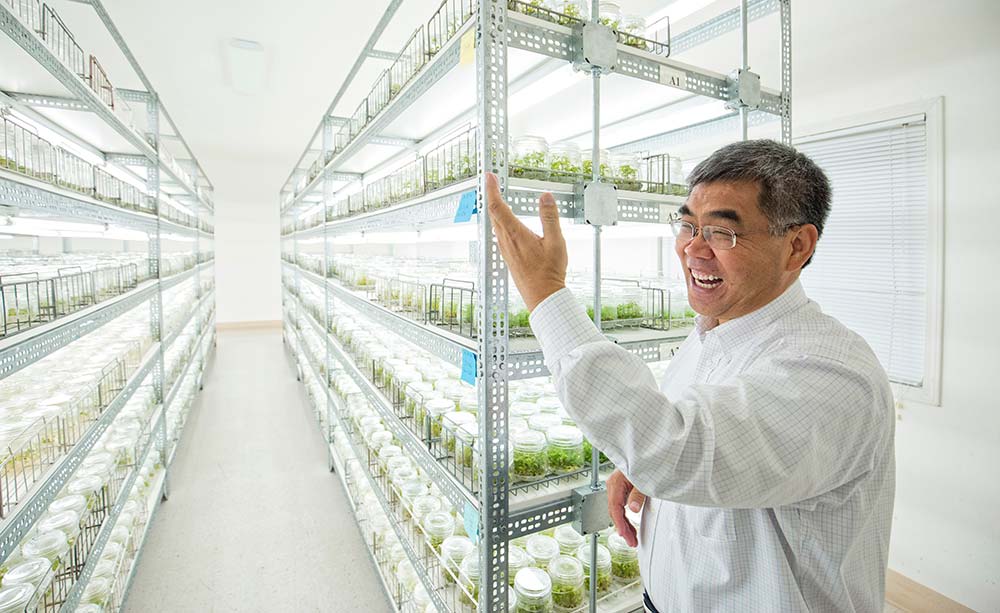Medicinal herbs played important roles in human history, from ancient times to now. They have been used for thousands of years to cure diseases, colorize clothes, adjust food taste and keep healthy. It was recorded that, 61% of currently used small molecular drugs are derived from or inspired by natural products from medicinal herbs [1]. However, to cure disease, we need to harvest medicinal herbs, and use part of their tissue for extraction, such as root, leaves, seeds, flowers and so on. That will directly cause problems for the reproduction of these herbs. It has also been noted that the natural habitats have been destroyed due to human activities. With the modern city under construction, the enlarging need for natural resources and the serious pollution, the environment has been never so tough for the growth of medicinal herbs. In another word, the naturally growing medicinal herbs can’t fulfill the need of increasing market. Furthermore, the naturally grown medicinal herbs are also different from before, they are carrying more and more herbicide, insecticide and heavy metals, which will cause contamination to the extract and finally cause side effects. Besides, due to the complex structures of secondary metabolites, the chemical synthesis is proved to be cost-inefficient in most cases. Thus, how to produce enough medicinal herbal material in an appropriate manner becomes more and more urgent for the development of pharmaceutical industry all over the world.
In 1934, White proposed the theory of totipotency, and Steward proved the theory in 1952~1953 using carrot cells cultured in liquid media to regenerate whole plant. From then, the cell and tissue culture techniques are developed. As an alternative choice to produce active secondary metabolites, cell and tissue culture of medicinal herbs has obvious advantages:
- The culture system doesn’t need much field which can be used for crop growing;
- The system is not limited by whether and season changes.
- The secondary metabolism can be
